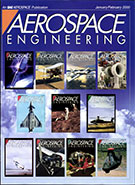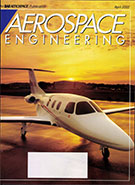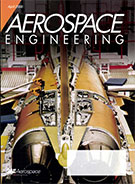Magazine

Aerospace Engineering & Manufacturing 2010-04-28
2010-04-28
Propulsion challenges Universities and research institutes in the U.K. are playing an ever-growing role in EU aerospace development projects as well as maintaining an independent industry workload.



















